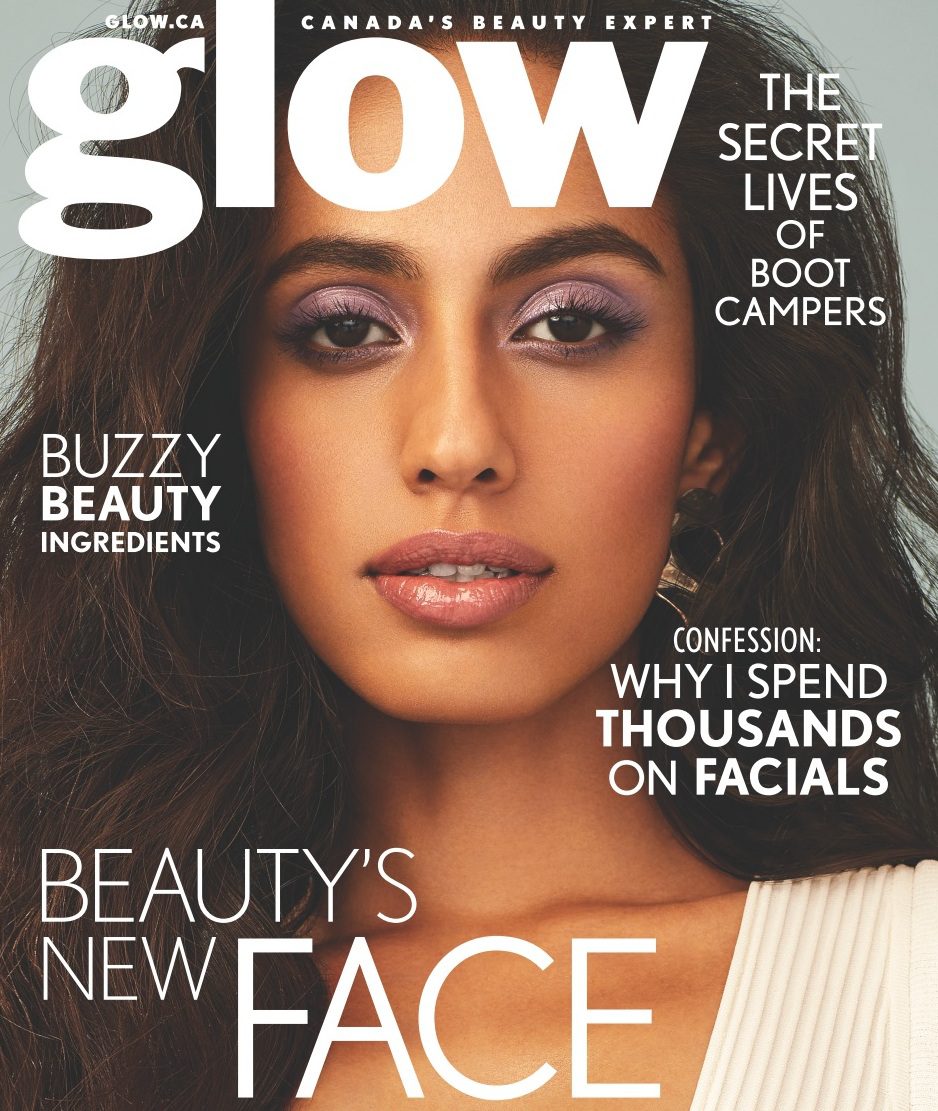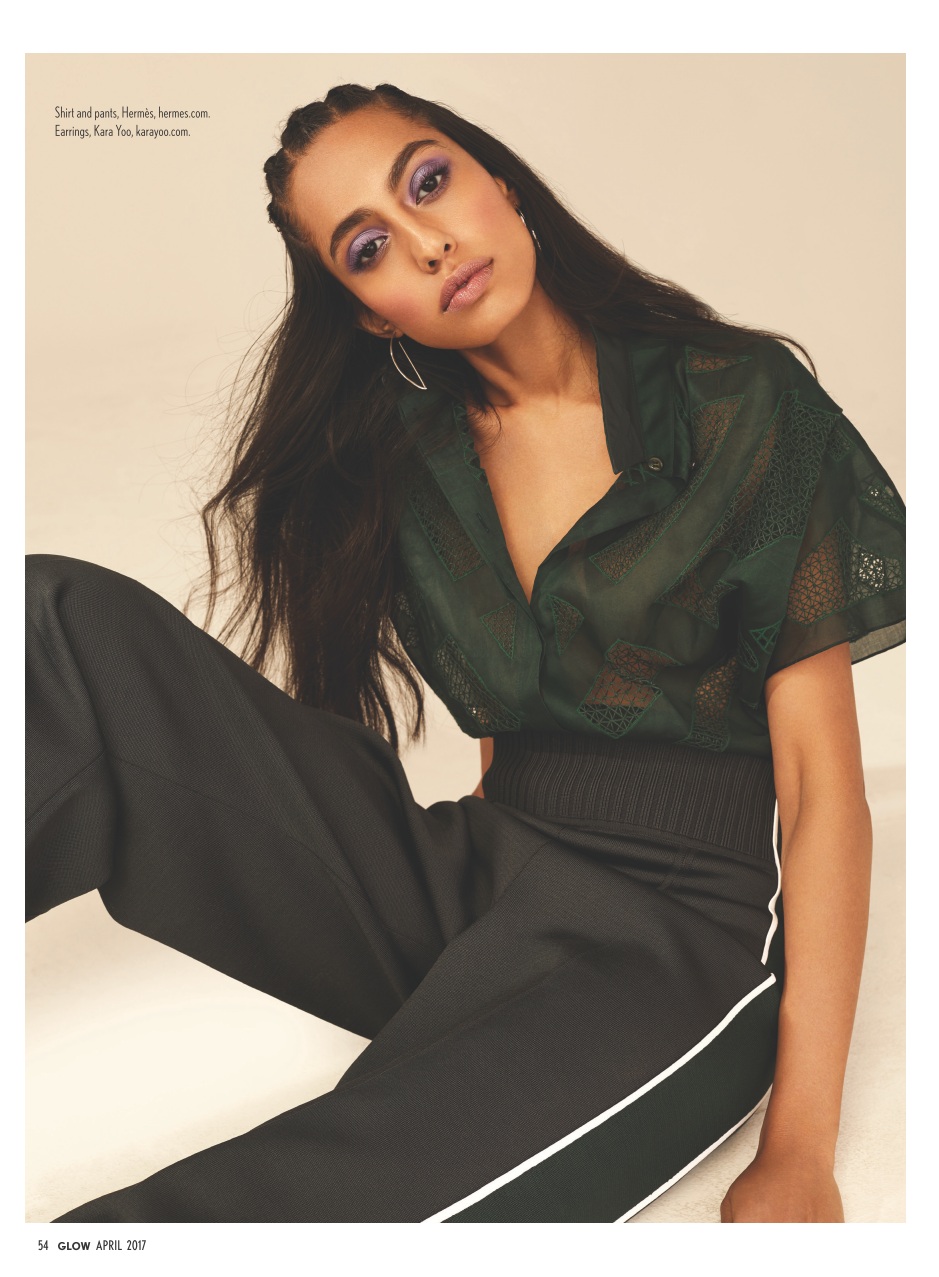
How it feels to be the first Punjabi model on the cover of a major Canadian publication
Bali Kaur Bassi
29 Mar 2017
Although I was always interested in modelling, I only recently started doing it professionally. I felt like it was a career I could only dream about, but after seeing a greater representation of Indian models, this dream seemed attainable. I was inspired to convince my conservative Punjabi parents about modelling and reach out to agencies. With just a few months experience in the industry, I have modelled for Joe Fresh, Sears, Toronto Tourism and now glow magazine – I have big dreams for the future!
Growing up, I hardly saw anyone in the mainstream media who resembled me. I remember that whenever my siblings and I did, we would get very excited and all run to the TV. It only makes sense to have Sikhs represented in Canada. It is home to the largest immigrant Sikh population and the second largest Sikh population in proportion to the country’s population after India. It makes me so proud to see more Sikhs represented in Parliament and in the media now. I recently watched a speech given by Riz Ahmed to the UK Parliament about representation. In the speech, he refers to actors and politicians helping build a new national story, one which embraces and empowers all of us, instead of excluding and alienating large sections of the population. Models also have a role to play in that national story. As models, we’re the frontline of most marketing campaigns and are supposed to represent the population. That representation promotes inclusivity and in turn, adds to this ‘new national story’.
It means so much to me to be a part of the “Beauty’s New Face” issue of glow. The issue shares the stories of women from different backgrounds; these include the perspectives of women of colour, exploring the concept of androgyny and the ‘taboo’ of tattoos. There shouldn’t be one set standard of beauty because it comes in many different forms. In the Indian community, there’s an obsession with Eurocentric features, and growing up I was told to stay out of the sun because I’ll get darker. Lighter skin and smaller features are the beauty ideal in the Indian community and for a long time, I was insecure about my darker skin. These racist beauty ‘ideals’ stem from colonial times and have been internalised and passed down through generations. We’re now made to feel that our unique features are inadequate and that we should strive towards something else, which is not natural to who we are. Representation can help stop that internalised racism by celebrating all forms of beauty. It promotes diversity by inspiring people to embrace their individuality. I hope to inspire a whole new generation of girls to follow their dreams and to feel beautiful in their own skin.

Last year I travelled to a refugee camp in Greece to help provide emergency supplies and support. Even though they had lost everything in the war and had no certainty about their future, the refugees were some of the most generous and compassionate people I have met. After hearing their heroic stories of escaping war-torn Syria, I was inspired to continue helping them when I got back to Canada. With the current political climate and the rise of islamophobia, I’ve been even more vocal about the refugee crisis. I’m currently in the process of organising a fundraiser with the proceeds going to refugees, and have also been vocal about religious freedom and diversity in Canada.
I’m really glad the fashion industry is responding to the current political climate as well. It’s so amazing to see people and companies in positions of influence stand up for humanity. The recent launch of Nike’s athletic hijab and Halima Aden becoming this fashion season’s breakout star is fantastic progress. With the rise of xenophobia, it’s important that we unite and spread messages of peace and tolerance. I hope this isn’t just a trend and that soon it will be normal to see women of colour and diversity in the fashion industry. It’s incredible to see so many people embracing this cover and all that it stands for. I can only hope that there will be more examples like this, as well as a broader acceptance of diverse faces and backgrounds in the fashion industry overall.






